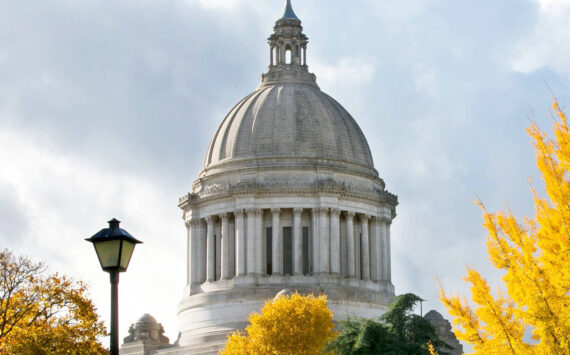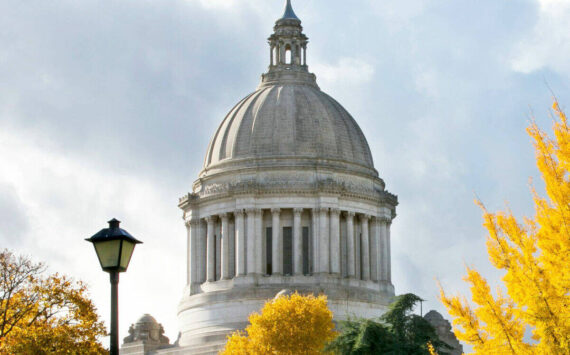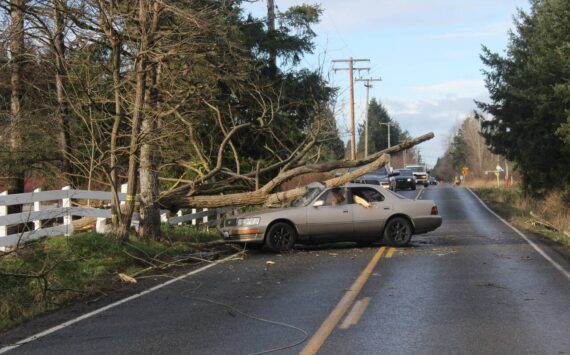U.S. Environmental Protection Agency Administrator Lisa P. Jackson announced today the availability of an estimated $1.4 million in grants bolstered by funds from the American Recovery and Reinvestment Act of 2009 to help communities in Washington clean up sites known as “brownfields,” which may be contaminated by hazardous chemicals or pollutants.
The grants, which include $600,000 from the Recovery Act and $800,000 from the EPA brownfields general program funding, help revitalize former industrial and commercial sites, turning them from problem properties to productive community use.
“Cleaning and reusing contaminated properties provides the catalyst to improving the lives of residents living in or near brownfields communities,” said EPA Administrator Lisa Jackson. “A revitalized brownfields site reduces threats to human health and the environment, creates green jobs, promotes community involvement, and attracts investment in local neighborhoods.”
Applicants selected to receive Recovery Act funds are:
Tacoma-Pierce County Health Department / $200,000 — Petroleum Assessment Grant Community-wide petroleum grant funds will be used to conduct five to ten Phase I and II environmental site assessments and develop cleanup plans for former gas stations. Grant funds also will be used to support the Neighborhood Advisory Board for Redevelopment and community outreach activities.
City of Bremerton / $200,000 — Hazardous Substance Cleanup Grant
Recovery Act funds will be used to clean up the Robinson property at 1118 Charleston Beach Road. The quarter-acre site was formerly a restaurant, garage, and stove shop, and is contaminated with mercury, metals, and carcinogenic polycyclic aromatic hydrocarbons. Grant funds also will be used to conduct groundwater monitoring and support community involvement activities.
South East Effective Development / $200,000 — Hazardous Substance Cleanup Grant
Recovery Act grant funds will be used to clean up Rainier Court Phase III at 3605 33rd Avenue South, Seattle. The one-acre site has been used as an illegal dump, warehouse, and parking area. It is contaminated with carcinogenic polycyclic aromatic hydrocarbons and metals. Grant funds also will be used to support community involvement activities.
Applicants selected to receive brownfields general program funds are:
The City of Bothell / $200,000 — Hazardous Substance Cleanup Grant
Brownfields funds will be used to clean up the Bothell Landing Commercial Center site, which is located near the intersection of Bothell Way NE, and Woodinville Drive. The site housed two service stations between the 1930s and the 1970s, and is now used for retail and commercial space. The site is contaminated with petroleum hydrocarbons and chlorinated volatile organic compounds. Grant funds also will be used for groundwater cleanup. The site is located along Horse Creek, which discharges into the Sammamish River, a major, salmon-bearing waterway.
The City of Marysville / $200,000 — Hazardous Substance Cleanup Grant
Brownfields funds will be used to clean up the Crown Pacific/Interfor Pacific site at 60 State Avenue. The vacant, 10.1-acre property historically was used as a sawmill, log yard, and boat manufacturing facility. It is contaminated with polycyclic aromatic hydrocarbons, methylene chloride, and waste motor oil. Grant funds also will be used to conduct groundwater monitoring and community involvement activities.
The Port Gamble SKlallam Tribe / $400,000 Hazardous Substance Assessment and Petroleum Assessment Grants — Brownfields community-wide hazardous substances grant funds ($200,000 Hazardous Substance Assessment and $200,000 Petroleum Assessment Grants) will be used to perform Phase I and Phase II environmental site assessments, community involvement activities, and possibly a human health risk assessment. Petroleum grant funds will be used to perform the same tasks at sites with potential petroleum contamination. Brownfield assessments will characterize and document environmental contamination, which is a necessary step in the communitys sustainable economic development.
The grants will help to assess, cleanup and redevelop abandoned, contaminated properties known as brownfields. Brownfields are sites where expansion, redevelopment, or reuse may be complicated by the presence or potential presence of a hazardous substance, pollutant, or contaminant. In addition, the Small Business Liability Relief and Brownfields Revitalization Act of 2002 expanded the definition of a brownfield to include mine-scarred lands or sites contaminated by petroleum or the manufacture of illegal drugs. Grant recipients are selected through a national competition. The Brownfields Program encourages development of America’s estimated 450,000 abandoned and contaminated waste sites.
President Obama signed the American Recovery and Reinvestment Act of 2009 on Feb. 17, and has directed that the Recovery Act be implemented with unprecedented transparency and accountability. To that end, the American people can see how every dollar is being invested at http://www.recovery.gov .
For more information on brownfields cleanup revolving loan fund pilots and grants and other brownfields activities under the Recovery Act visit http://www.epa.gov/brownfields/eparecovery/index.htm
Additional information on the EPA Region 10 brownfields recipients and their projects is available at:
http://yosemite.epa.gov/R10/CLEANUP.NSF/sites/bf .




